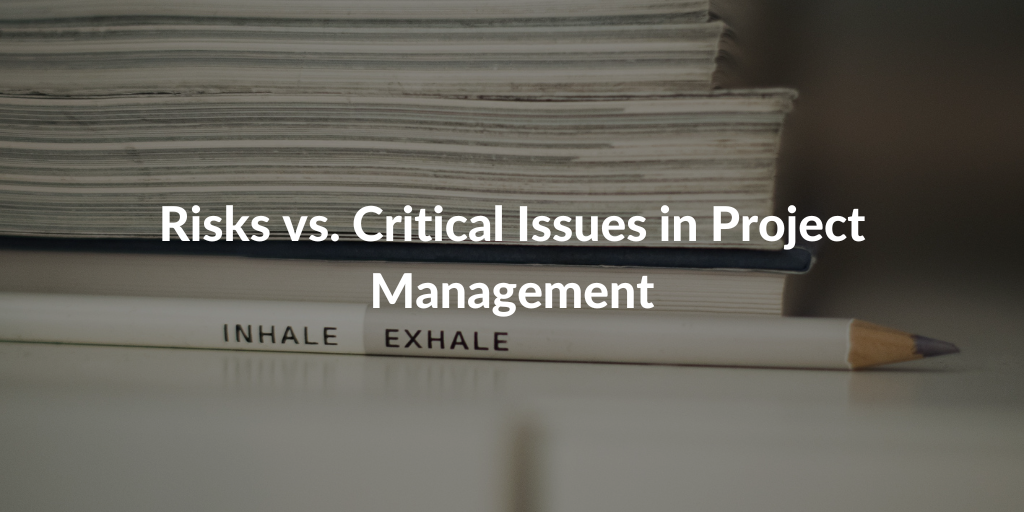Categories
Tags
Newsletter
Subscribe to the QRP International neswletter and get all the news on trends, useful contents and invitations to our upcoming events
Subscribe
There is often a tendency in project development to confuse the concepts of risk and critical issues. In this article we will clarify the meaning of the two terms and their characteristics.
The PMI defines the concept of a Risk as follows:
An uncertain event or condition that, if it occurs, has a positive or negative effect on one or more project objectives.
Whereas critical issues, in the context of Project Management, are defined as:
An event that has occurred and is hindering the progress of the project and cannot be resolved by the Project Manager and project team alone.
One of the best practices of Project Management is to prevent risks. Although a risk can have both a negative and a positive effect, the team, the Project Manager and the Risk Manager in particular must do preventive work in order to be prepared in case any of the highlighted risks occur:
Harry Hail theorised a 7-point methodology to identify risks:
Addressing critical issues in order for the project to move forward is the responsibility of the Project Manager. The impact of critical issues on the project outcome always falls on the PM.
Critical Issues probably result from one of these two causes:
The difficulty related to the management of critical issues is the fact that they require immediate response and timely action. This means critical issues are carried out according to the risk identification phase, unless they come from areas that were not considered before. This process of identifying a critical issue and acting with an immediate response is called Issue Management.
Issue Management can be summarized in two main activities:
For a project to run smoothly, it is essential not to confuse the two concepts of Risk and Criticality, but to know how to deal with both situations in a timely manner and to be able to deliver a product/service that meets the requirements of the stakeholders.